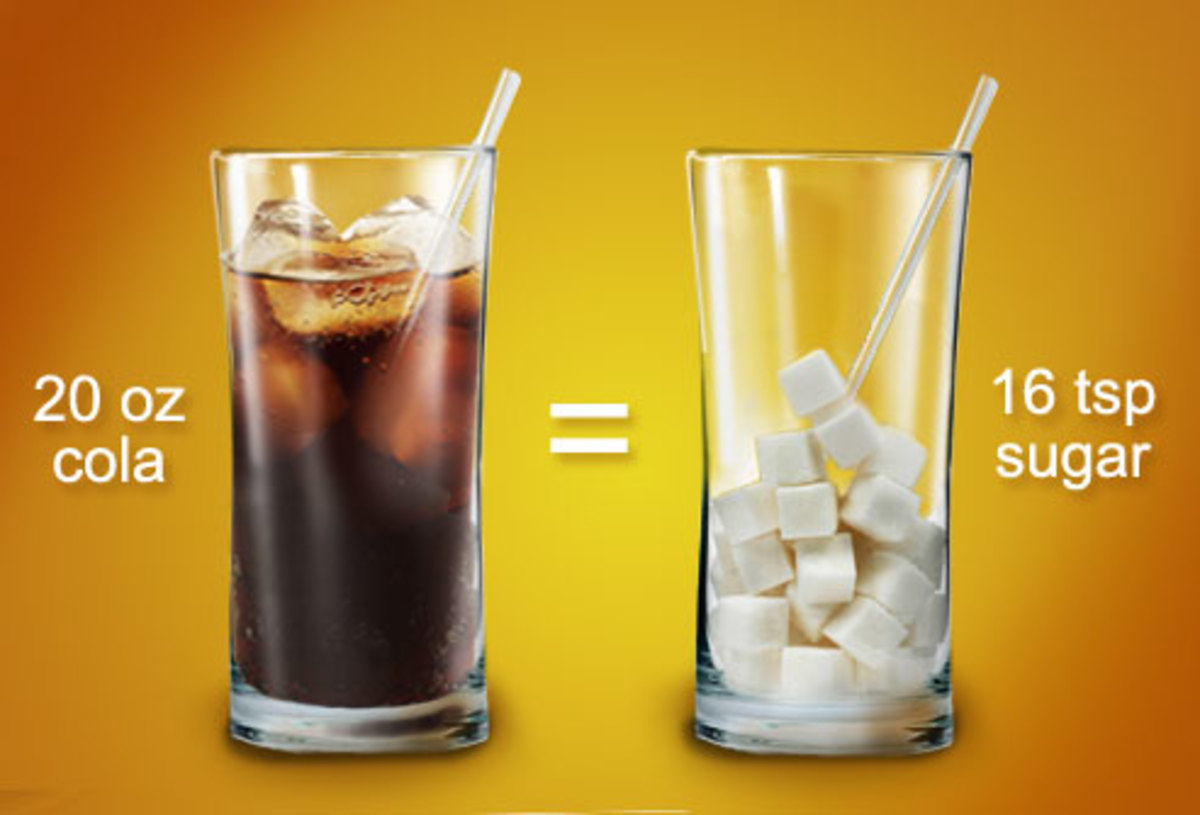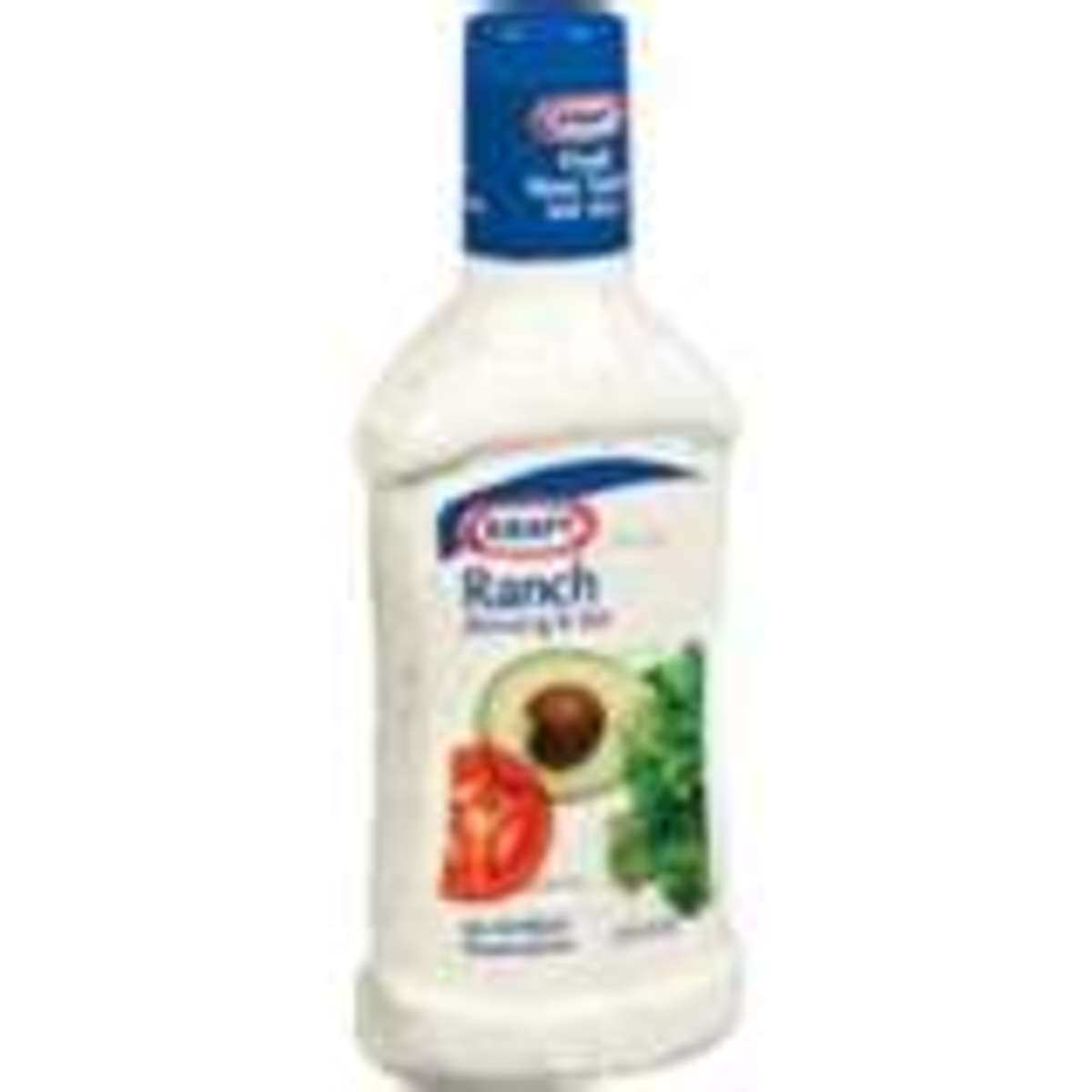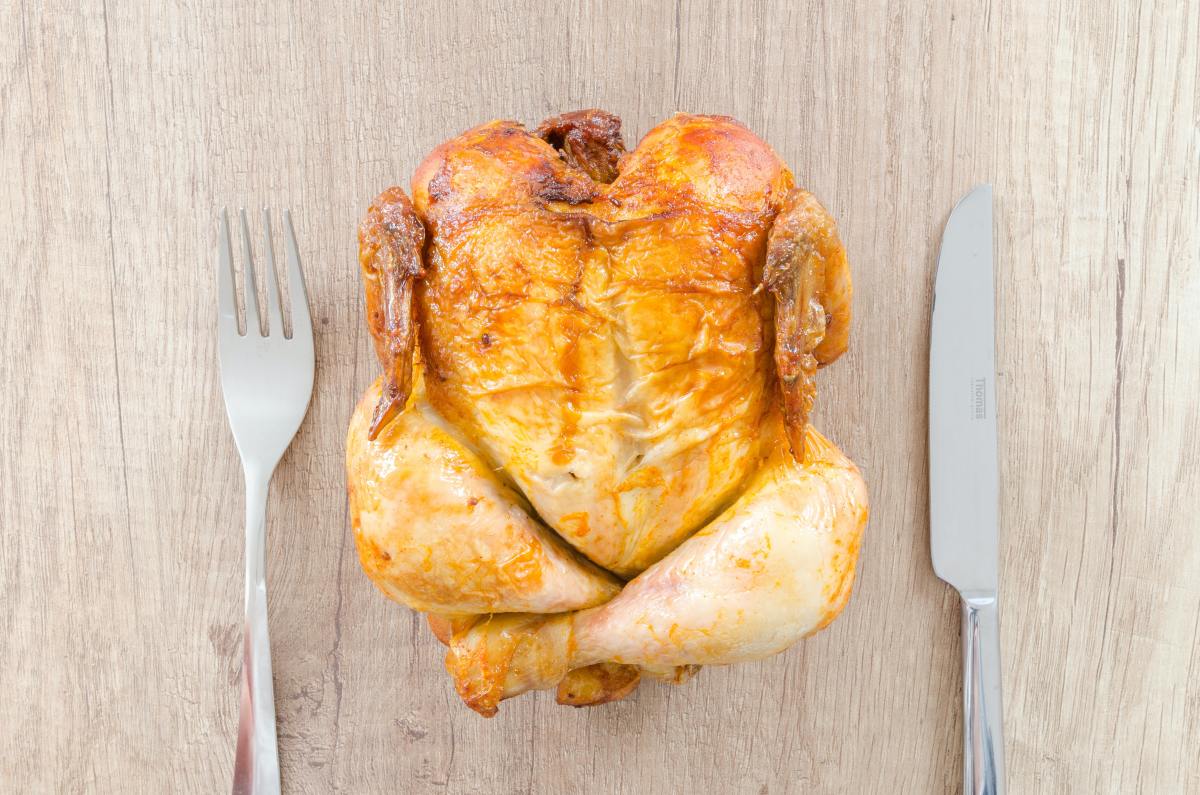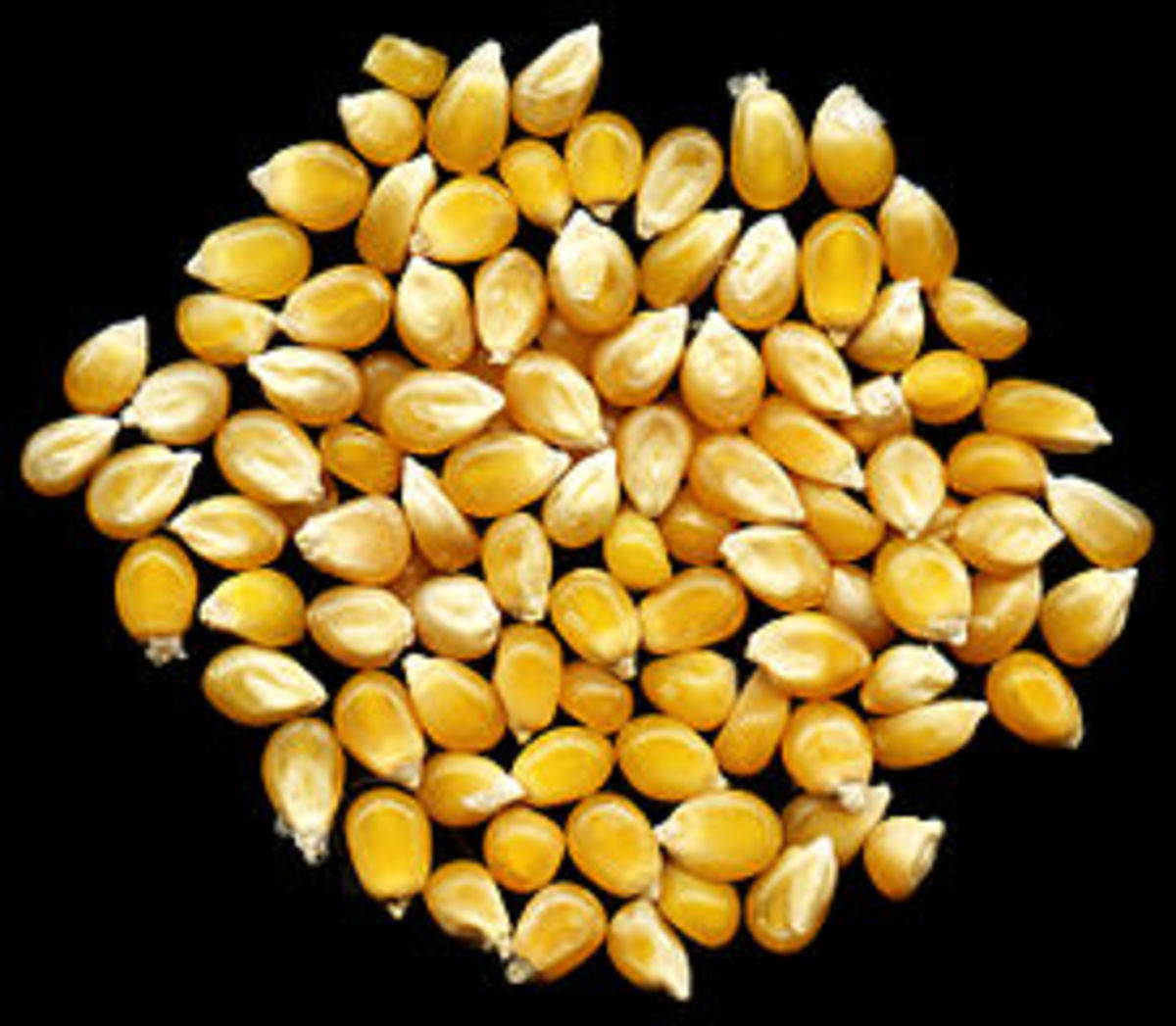Why Reading Nutrition Labels Is Important
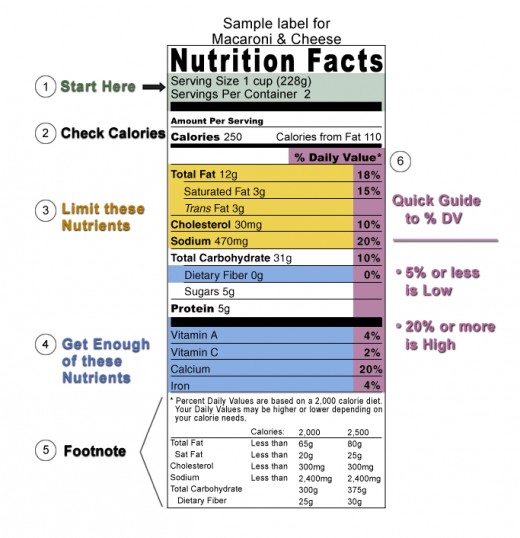
There are many reasons why I read nutrition labels. Usually I read almost all the info on the label. Food labels carry vital information that consumers need to know before purchasing and consuming the item. These information can be helpful or detrimental for persons with different nutritional needs. The label not only carry the nutrition facts but other information that is of importance.
When purchasing food items you should be mindful that the items do carry labels with the exceptions of fresh fruits and vegetables or meat from the butchers. All packaged, processed or canned foods must carry a food label. In my country it is against the law to sell or promote food items without the proper labeling.
All food items must have:
- Name of manufacturer
- Address of manufacturer
- Telephone of manufacturer
- Ingredients
- Nutrition information
Without a label the consumer wont be able to tell:
- What kind of food it is (in the case of cans)
- When the food was manufactured or processed
- What is the shelf life
- Where it was processed
- The nutrition facts or nutrition data
Things I look out for when purchasing food items
When I purchase a food item that is not a fruit or vegetable there are some things I look out for. I Am very picky when it comes to where my food has been, so I look for:
- What company processed or packaged my food. If it's a company I cannot recognise, I probably won't buy it and that's just me.
- I check the expiration date. If it's too close to the expiry date I leave it alone since I might not use the item immediately.
- I check the manufacture date. Some foods have very long shelf lives but I wouldn't want a food item that has been on the shelf for over six months. I prefer freshly packaged foods.
- I make sure that what it says on the label is what I really want. For instance, if I am buying canned fish, I make sure the label says "In tomato sauce" instead of "brine". If I open the can and the fish in in brine then I have a case.
- Nutrition information?. This is where it gets dicey. Below I will explain how to read the nutrition facts on a food label.
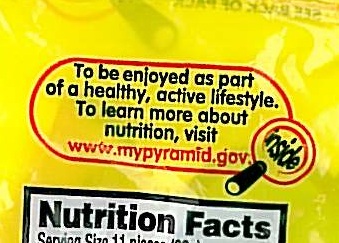
Nutrition facts
Please take the poll~~~~
Do you read food labels when shopping?
Here are the specifics I look for when reading food labels
When reading food labels I look for:
- Company name address phone number, in case I have an issue with the product, then I have some recourse.
- Manufacture date and expiration details. Which date is the "best before date". As I mentioned above I need to know how close to the expiry date I the product is so I don't purchase something that will go bad before I use it.
- Ingredients (if necessary). I need to know what products were used in the processing and manufacturing or packing of my food. I might add that I also scrutinize non-food items too, such as toiletries and cosmetics.
Nutrition Data
- Amount per serving
- Recommended daily amount or %. This is important to me because I want to know that I am getting value for my money and I am not spending on empty calories or foods with low nutritional value. It is also important to note the elements that can affect health, I will explain further on.
- Calories per serving
- Total fat content
- Calories from fat
- Protein per serving
- Carbs per serving and total carbs
- Sugar content
Other nutrients
- Sodium. This might the one of the first things I look for because I am hypertensive.
- Potassium. I want to make sure that the sodium is lower than the potassium. I also want to make sure that the recommended allowance of sodium is not met or close to the total daily allowance from one serving. When this happens then you know that with other items added to your meal, you might end up exceeding the daily allowance.
- Fiber content is important to me too
- Magnesium also help to balance water levels in the body which help to reduce high blood pressure.
- Depending on the food item you look for the nutrients that should stand out more and see if you are getting value for money.
- All other nutrients noting their importance to my diet.
Below is a table with items we regularly buy and the main nutrients found in these items. Also in the table are the daily allowance for the items.
Here are some items and what you should look for
Food Item
| Major Nutrient Known For
| Adult Recommended Daily Allowance
|
|---|---|---|
Canned pumpkin
| Vitamin A
| 1000 IU
|
Tofu
| Protein
| 50 grams
|
Canned Tuna
| Mercury
| 0.4 micrograms
|
Welch's Grape Juice
| Vitamin C
| 60 milligrams
|
Milk
| Calcium
| 1000 milligrams
|
Brown Rice
| Fiber
| 25 grams
|
Canned or Frozen Spinach
| Iron
| 18 milligrams
|
Canned Salmon
| Vitamin D
| 400 IU
|
Sunflower seeds
| Vitamin E
| 30 IU
|
Any food item that's not fat free
| Fat
| 65 grams
|
Canned hearts of Palm
| Potassium
| 3500 milligrams
|
Tomato paste
| Sodium
| 2400 milligrams
|
Why is reading the nutrition label important?
These are some reasons why reading the label is important:
- Some persons have health issues that may require a certain amount of a nutrient
- Some people may have health issues that require them to stay away from certain nutrients whether in high doses or any at all.
- You might be on a diet and counting calories
- You need to know what you are eating
- You may be allergic to an ingredient
- Expired food can cause severe gastrointestinal and other health problems
- To make sure you are not overdosing on some vitamins and minerals
- Having the manufacturer information is important for retuning or calling when you have a problem with the item.

